Click the blue text

Follow us
Today is February 13, 2025
Day 883 of Health Connection Updates
Huajunzis’s study notes will be published here!
Daily Quote
Quote 903:
Leigong (Lord Thunder) said: How can one know the differences between Jingmai (meridians) and Luomai (collateral vessels)?
Huangdi (Yellow Emperor) said: Jingmai are generally not visible; their fullness or emptiness can only be discerned through the pulse at the cun (寸) position; all visible pulses are Luomai.
Leigong said: I still do not understand the distinction.
Huangdi said: All Luomai cannot pass through major joints; they must travel in areas unreachable by Jingmai, emerging from the skin, crossing major joints, and then re-entering to connect with the superficial collaterals, where their convergence is visible on the skin. Therefore, when needling Luomai, one must needle at the site of their convergence. For conditions of blood stagnation, even if there is no visible convergence of Luomai, one should urgently needle the area to release the pathogenic qi and expel the stagnant blood; otherwise, the stagnant blood will remain in the body and develop into bi syndrome (painful obstruction).
When diagnosing Luomai, if the color is blue, it indicates cold and pain; if red, it indicates heat. If there is cold in the stomach, the collaterals at the fish border (鱼际) will appear blue; if there is heat in the stomach, they will appear red; if they are dark black, it indicates a long-standing bi syndrome; if there are combinations of red, black, and blue, it indicates a mixed condition of cold and heat. If the blue is short, it indicates a deficiency of qi. For needling conditions of cold and heat, one must often needle the blood collaterals, with intervals of one day between treatments, until the bad blood is completely expelled, and then adjust according to the condition of fullness or emptiness. If the pulse of the Luomai is small and short, it indicates a deficiency of qi; excessive purging can lead to agitation, and if the agitation is severe, the patient may faint and be unable to speak. If the patient is already agitated, one should quickly help them to sit down.
——
Excerpt from the Huangdi Neijing (Yellow Emperor’s Inner Canon) – Ling Shu (Spiritual Pivot) – Chapter on Meridians【Explanation】
Leigong asked: How can one know the differences between Jingmai and Luomai?
Huangdi replied: Jingmai are generally not visible; their fullness or emptiness can only be discerned through the pulse at the cun position; all visible pulses are Luomai.
Leigong said: I still do not understand their differences.
Huangdi said: All Luomai cannot pass through major joints; they must travel in areas unreachable by Jingmai, emerging from the skin, crossing major joints, and then re-entering to connect with the superficial collaterals, where their convergence is visible on the skin. Therefore, when needling Luomai, one must needle at the site of their convergence. For conditions of blood stagnation, even if there is no visible convergence of Luomai, one should urgently needle the area to release the pathogenic qi and expel the stagnant blood; otherwise, the stagnant blood will remain in the body and develop into bi syndrome.
When diagnosing Luomai, if the color is blue, it indicates cold and pain; if red, it indicates heat. If there is cold in the stomach, the collaterals at the fish border will appear blue; if there is heat in the stomach, they will appear red; if they are dark black, it indicates a long-standing bi syndrome; if there are combinations of red, black, and blue, it indicates a mixed condition of cold and heat. If the blue is short, it indicates a deficiency of qi. For needling conditions of cold and heat, one must often needle the blood collaterals, with intervals of one day between treatments, until the bad blood is completely expelled, and then adjust according to the condition of fullness or emptiness. If the pulse of the Luomai is small and short, it indicates a deficiency of qi; excessive purging can lead to agitation, and if the agitation is severe, the patient may faint and be unable to speak. If the patient is already agitated, one should quickly help them to sit down.
——Excerpt from Zhang Qicheng’s Complete Explanation of Huangdi Neijing – Suwen
【Further Reading】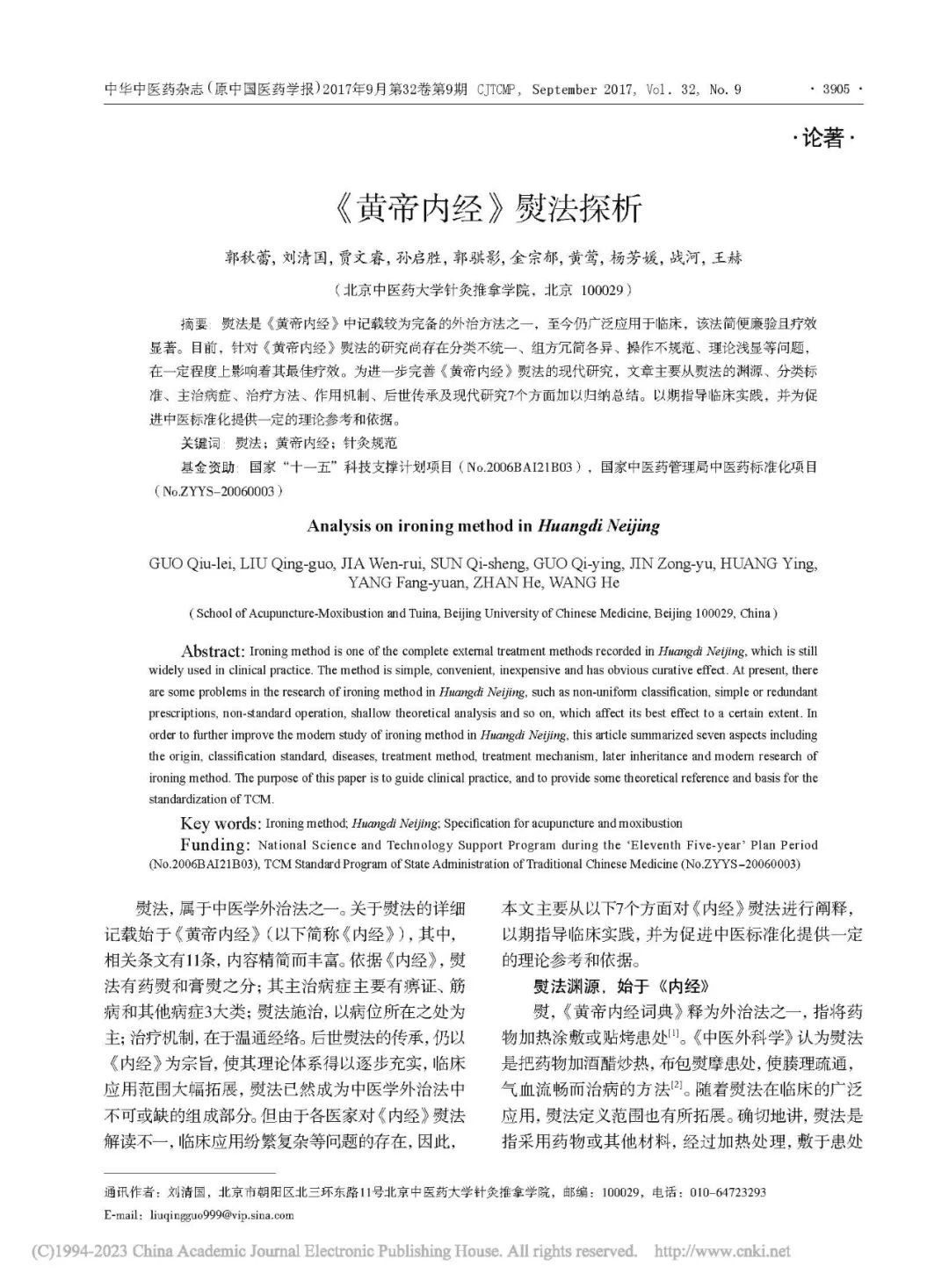
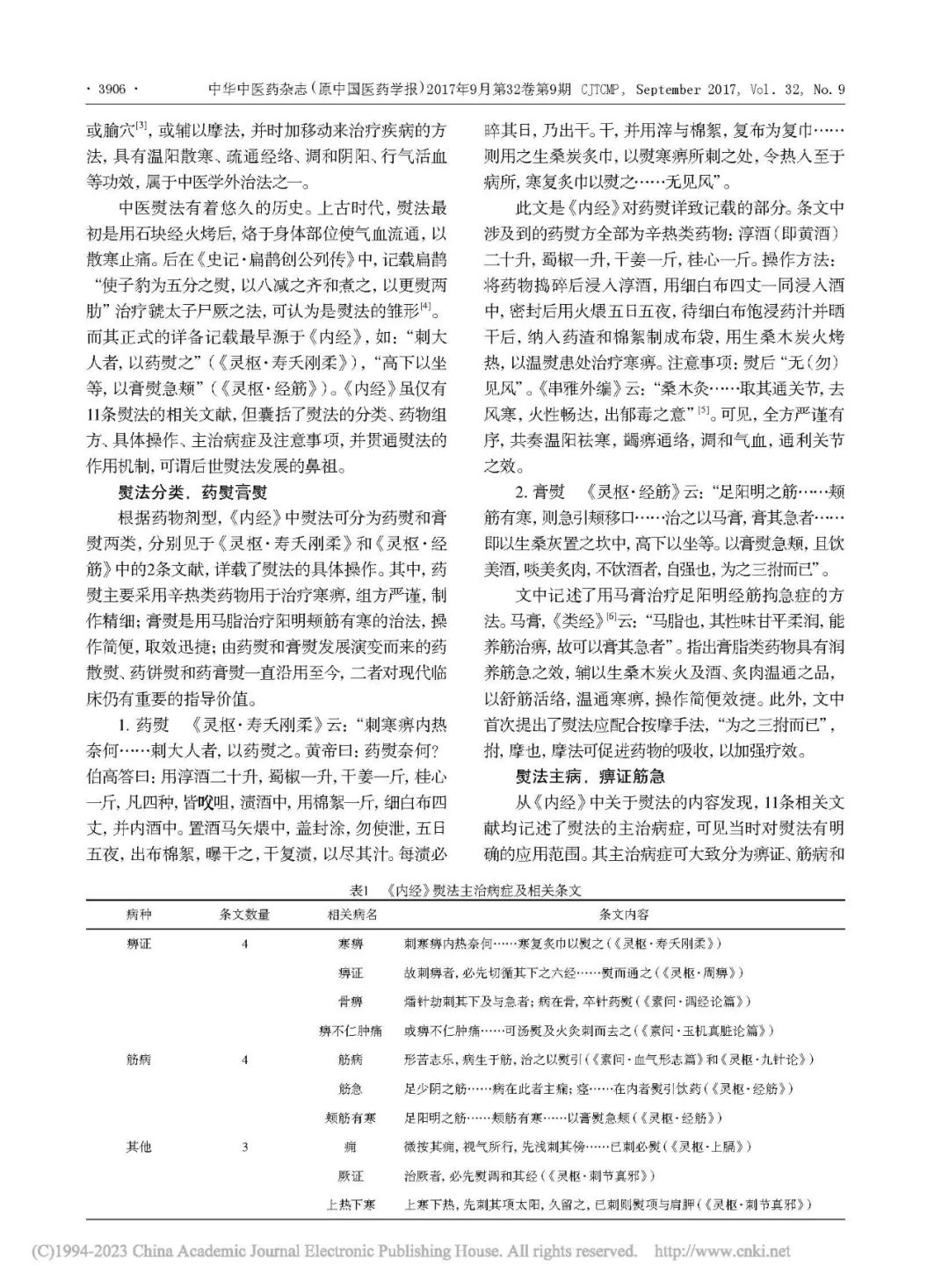
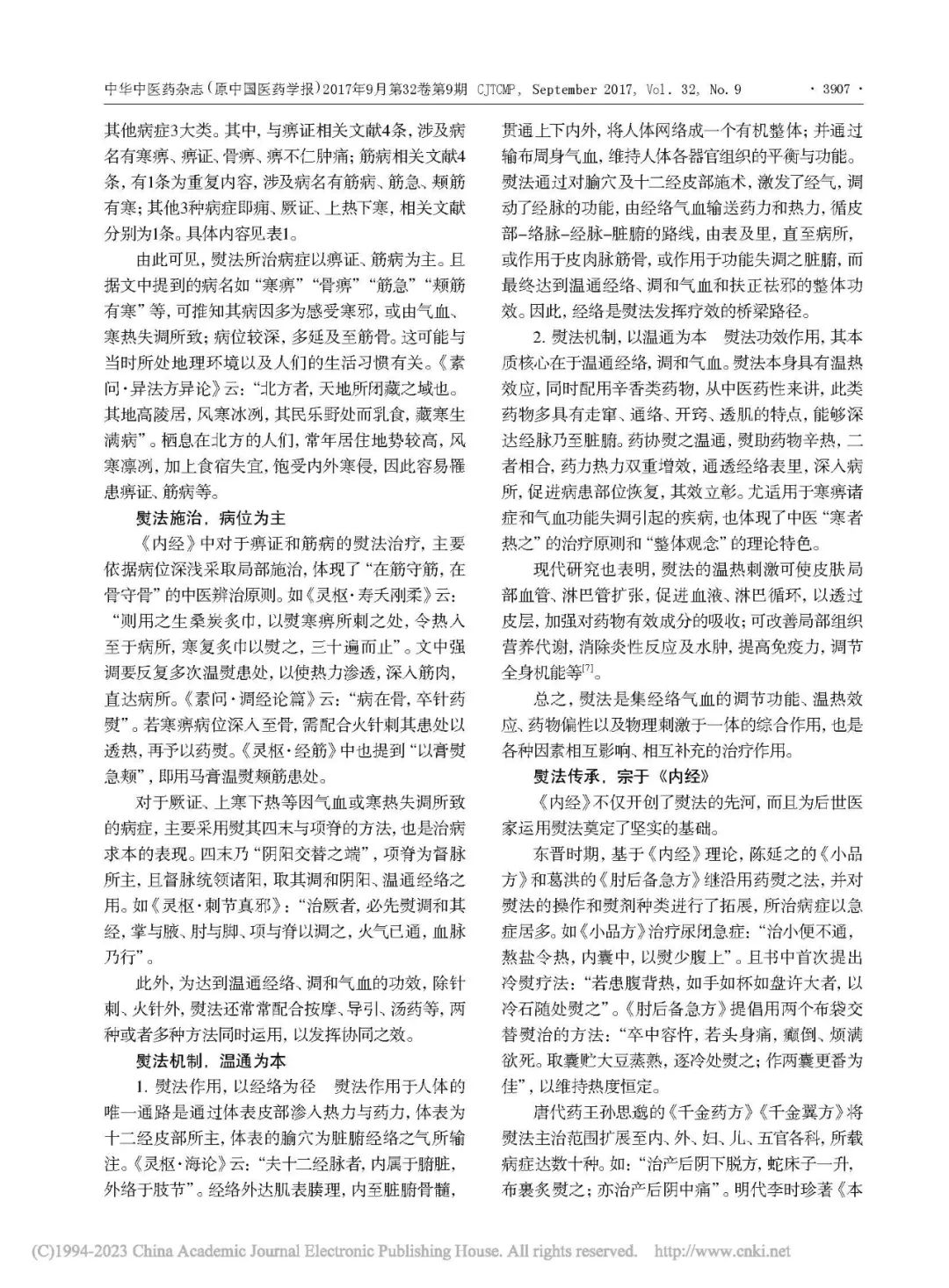
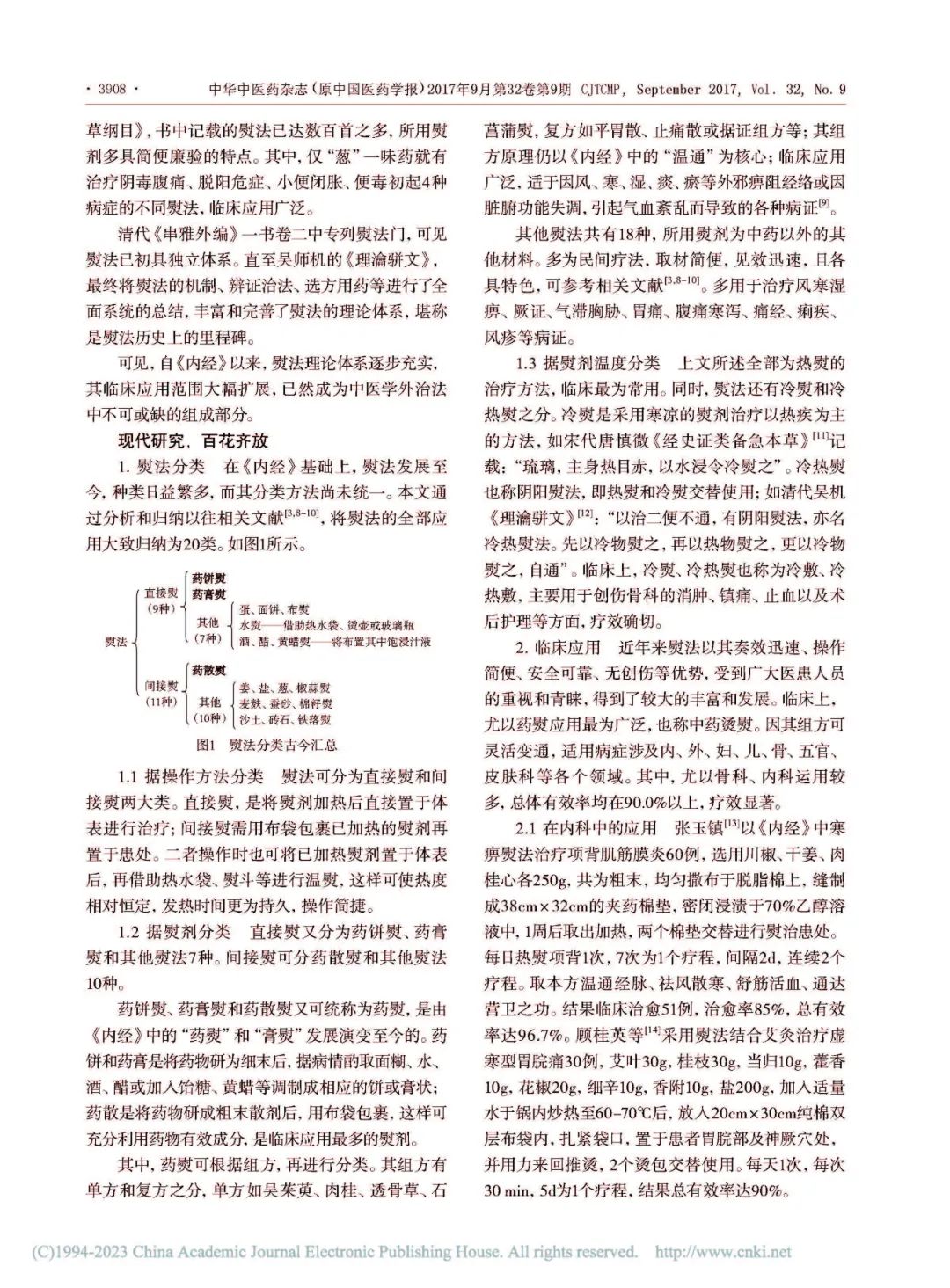
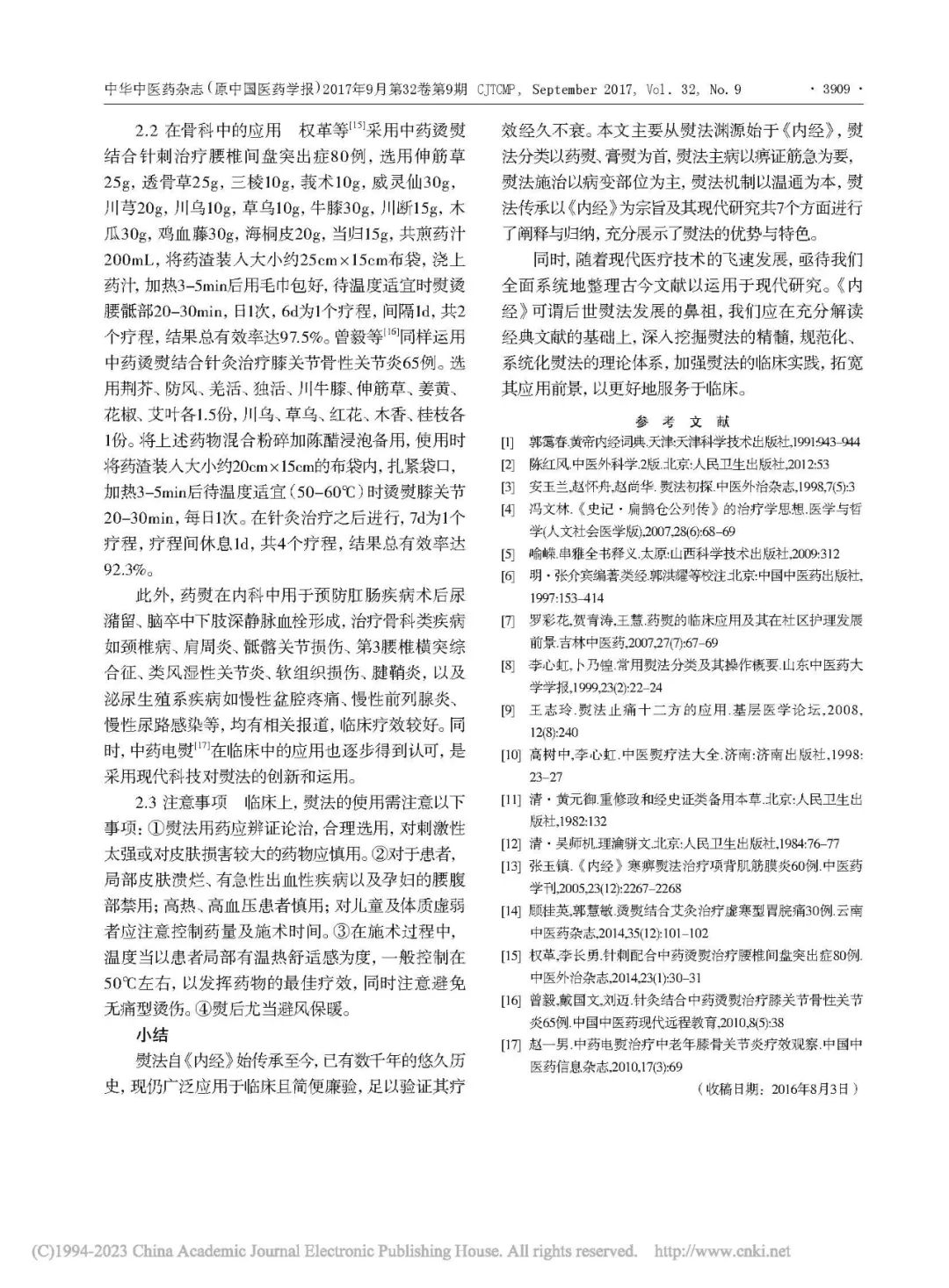
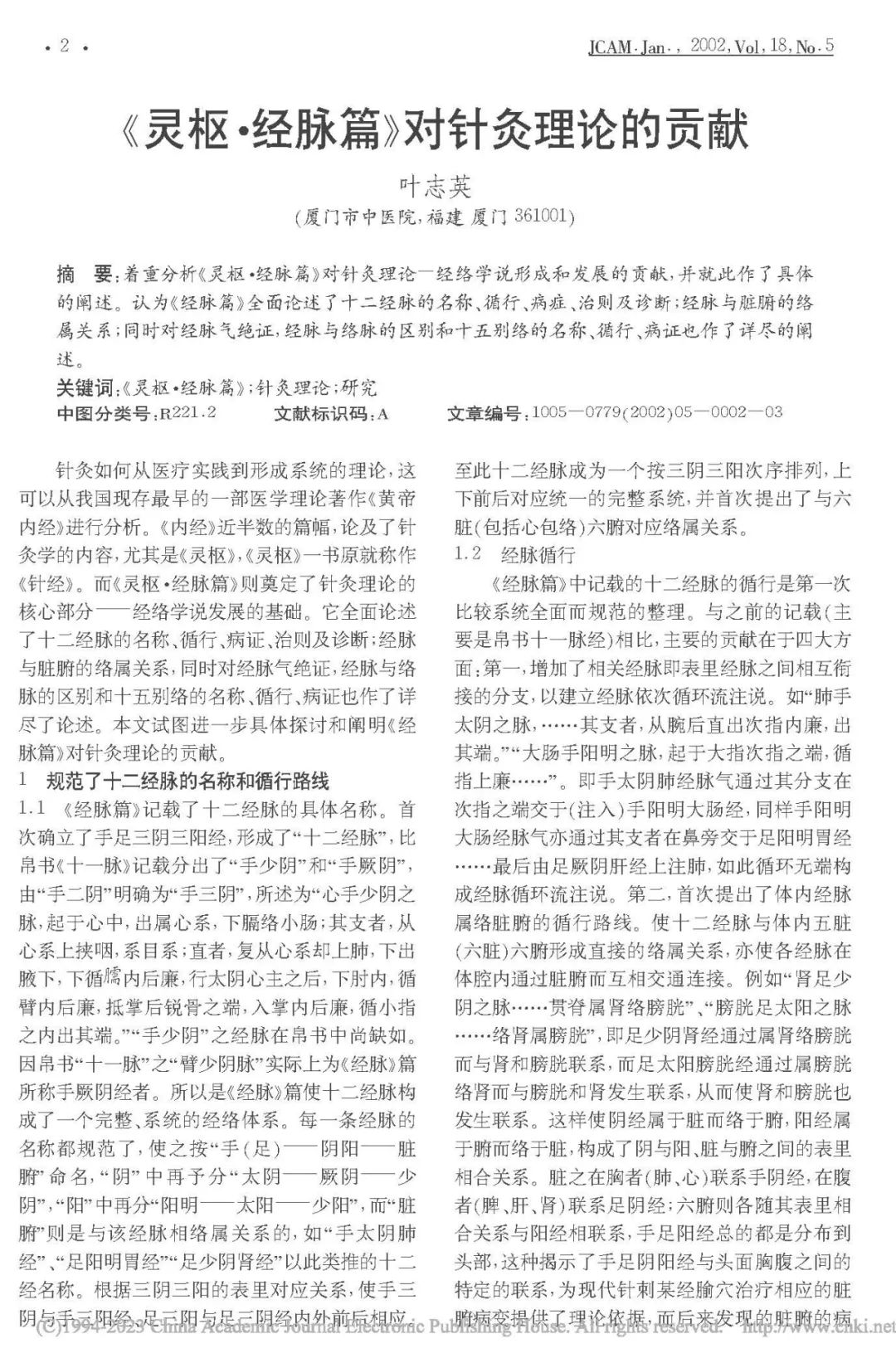
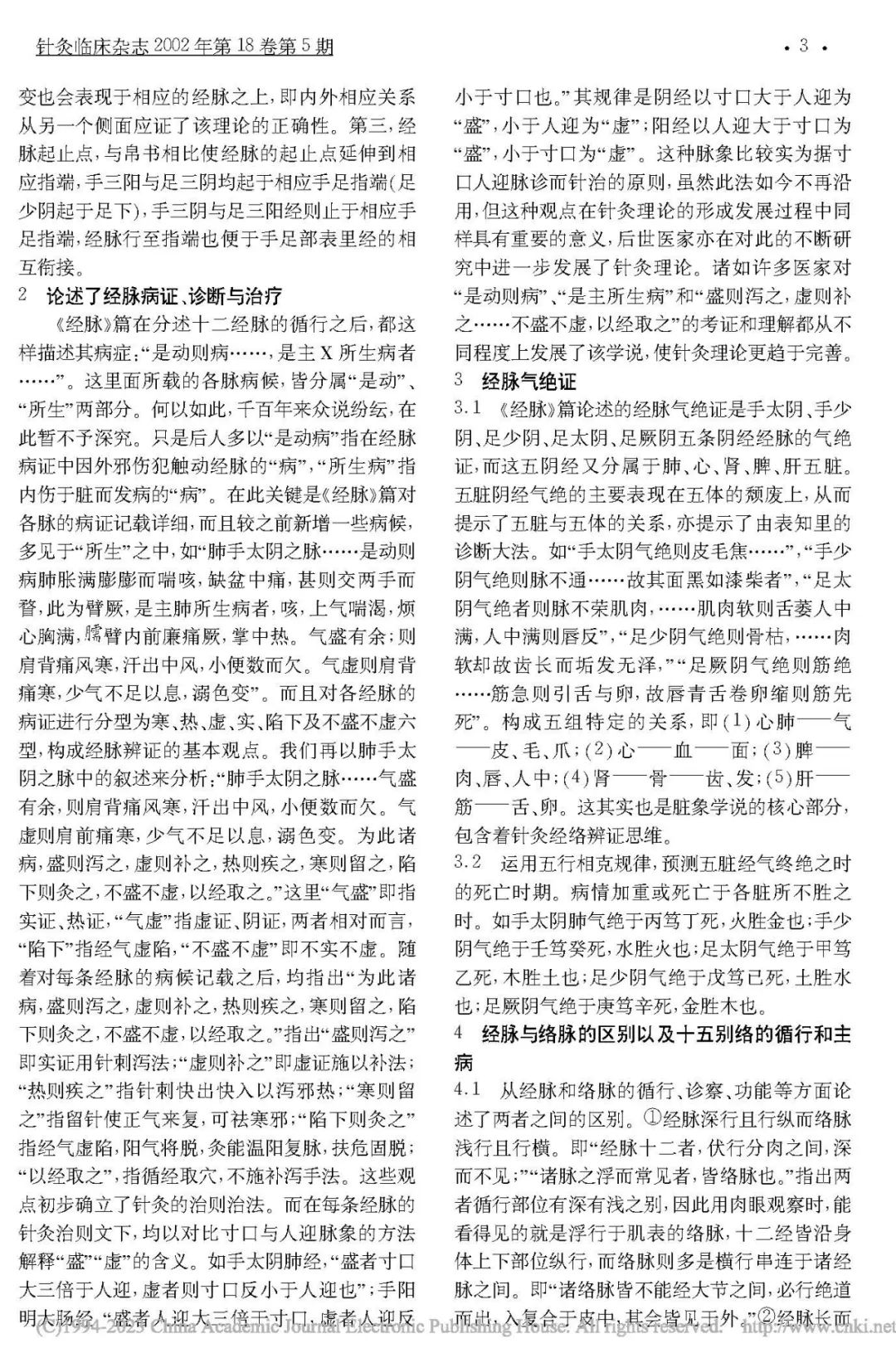
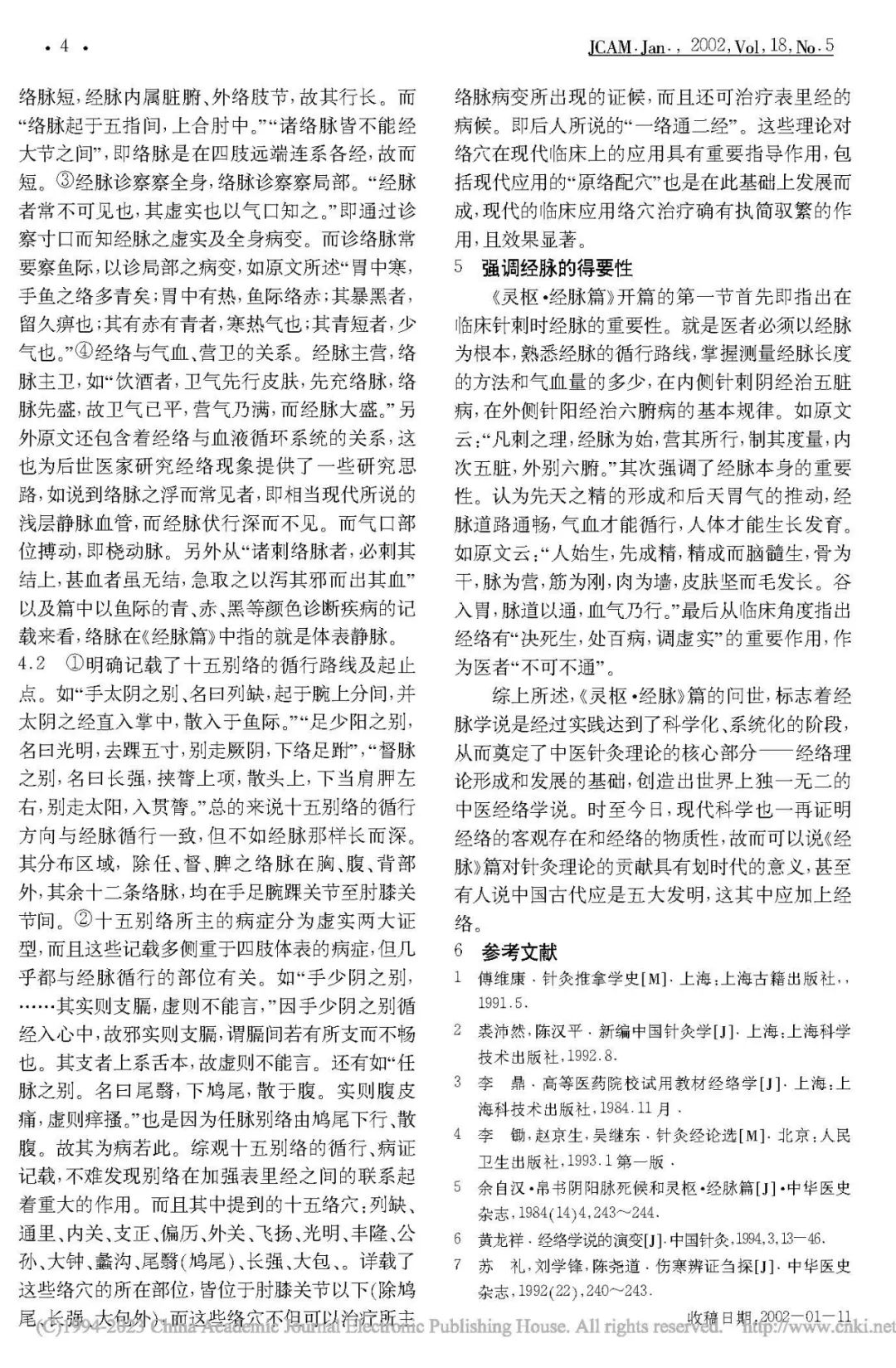
Source: Ye Zhiying. “The Contribution of Ling Shu: Chapter on Meridians to Acupuncture Theory” [J]. Journal of Clinical Acupuncture, 2002, (05): 4-6.
Click to follow


WeChat Official Account|qhtxy365
Source: “Zhang Qicheng’s Complete Explanation of Huangdi Neijing”Layout: HuajunziImages: China National Knowledge Infrastructure To view the collection of Qinghe notes, please click: Qinghe Notes Collection
Warm Reminder:The various prescriptions and formulas mentioned in this article are for reference and study by professional TCM practitioners only and should not be used as prescriptions. Please do not use them blindly; this platform does not bear any responsibility for any consequences arising from this!
Copyright Statement:This article is sourced from the internet. We share articles and images from the internet, and the copyright belongs to the original authors and sources. This article is for the purpose of learning, sharing, and disseminating more information, with no commercial use. If there are any issues regarding the content, copyright, or other matters, please contact the original author (email: [email protected]) for immediate resolution.

